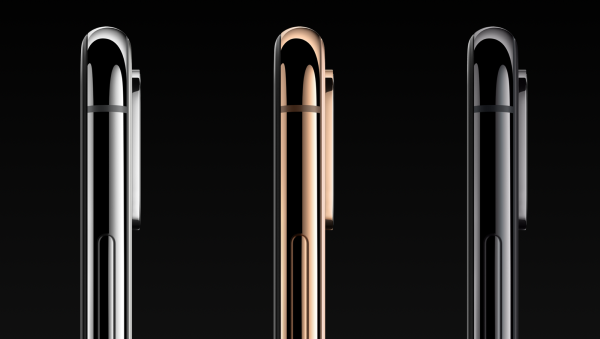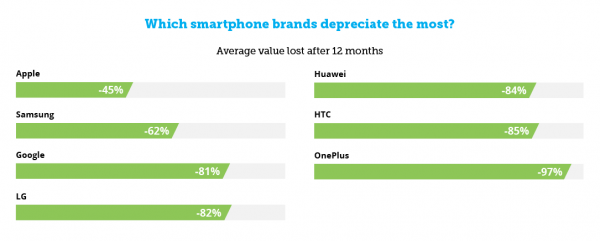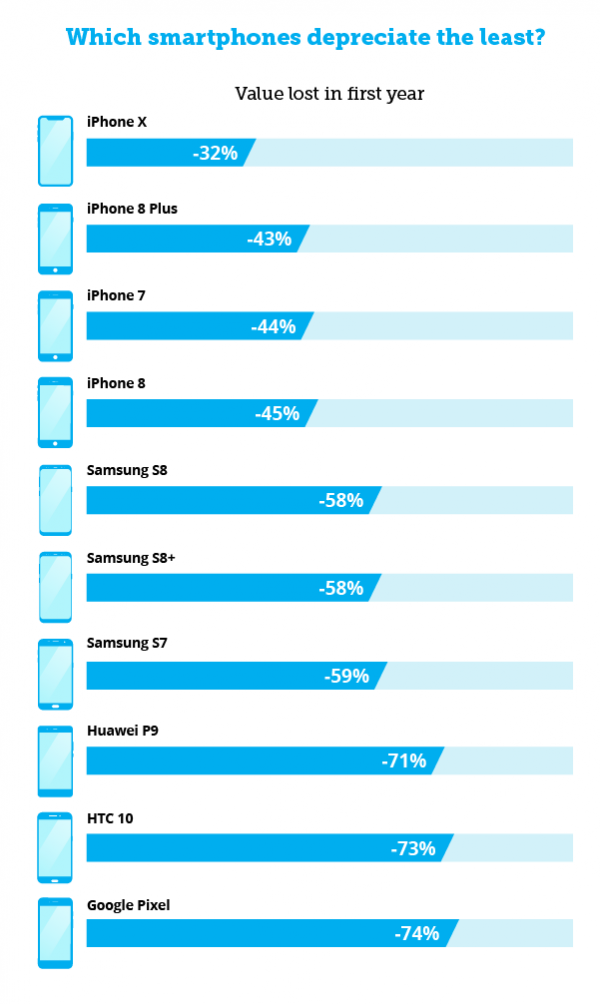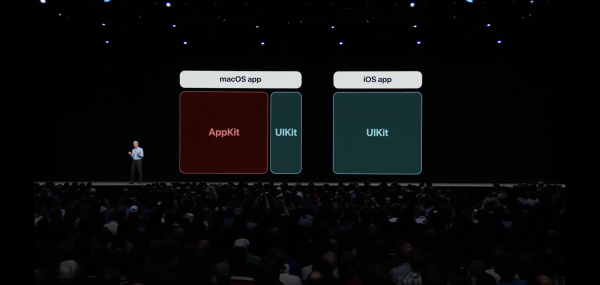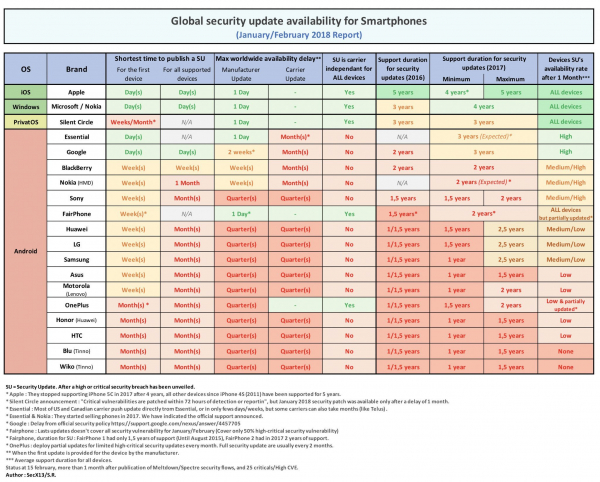As reported back in December by Mark Gurman in Bloomberg:
Starting as early as next year, software developers will be able to design a single application that works with a touchscreen or mouse and trackpad depending on whether it’s running on the iPhone and iPad operating system or on Mac hardware…
Developers currently must design two different apps -- one for iOS, the operating system of Apple’s mobile devices, and one for macOS, the system that runs Macs. That’s a lot more work. What’s more, Apple customers have long complained that some Mac apps get short shrift…With a single app for all machines, Mac, iPad and iPhone users will get new features and updates at the same time…
Apple is developing the strategy as part of the next major iOS and macOS updates…Codenamed “Marzipan,” the secret project is planned as a multiyear effort that will start rolling out as early as next year…
Simply put, Apple is taking key foundations of iOS and putting it in macOS in an effort to inject the abundance of iOS developer enthusiasm from mobile into desktop.
As I've talked before, this comes at a really interesting time for desktop computers:
- iOS apps are still a booming business
- Android apps continue to grow in revenue
- cross-platform desktop apps based on Electron are growing popular
- Progressive Web Apps are a rising technology that will bring the massive reach of native-like web apps to all devices
These trends all point to one big question — what is the future of desktop apps?
Services like Facebook, Twitter, Instagram, and Amazon will never need the full-blown robustness of a native Mac/Windows desktop app; they'll be able to get by just fine as Progressive Web Apps, especially since Chrome OS and Windows are pushing so hard for the technology.
But what happens to Facebook, Twitter, Instagram, and Amazon when they get much better user engagement when they port their iOS apps to Mac?
Desktop apps will always be more powerful than mobile apps. And mobile apps will always be more powerful than Web Apps. But maybe, if this Marzipan thing gains traction, the future of mobile & desktop ends up being three main platforms — Marzipan for iOS & Mac, Android for non-iPhones, and then Progressive Web App for literally everything else.
